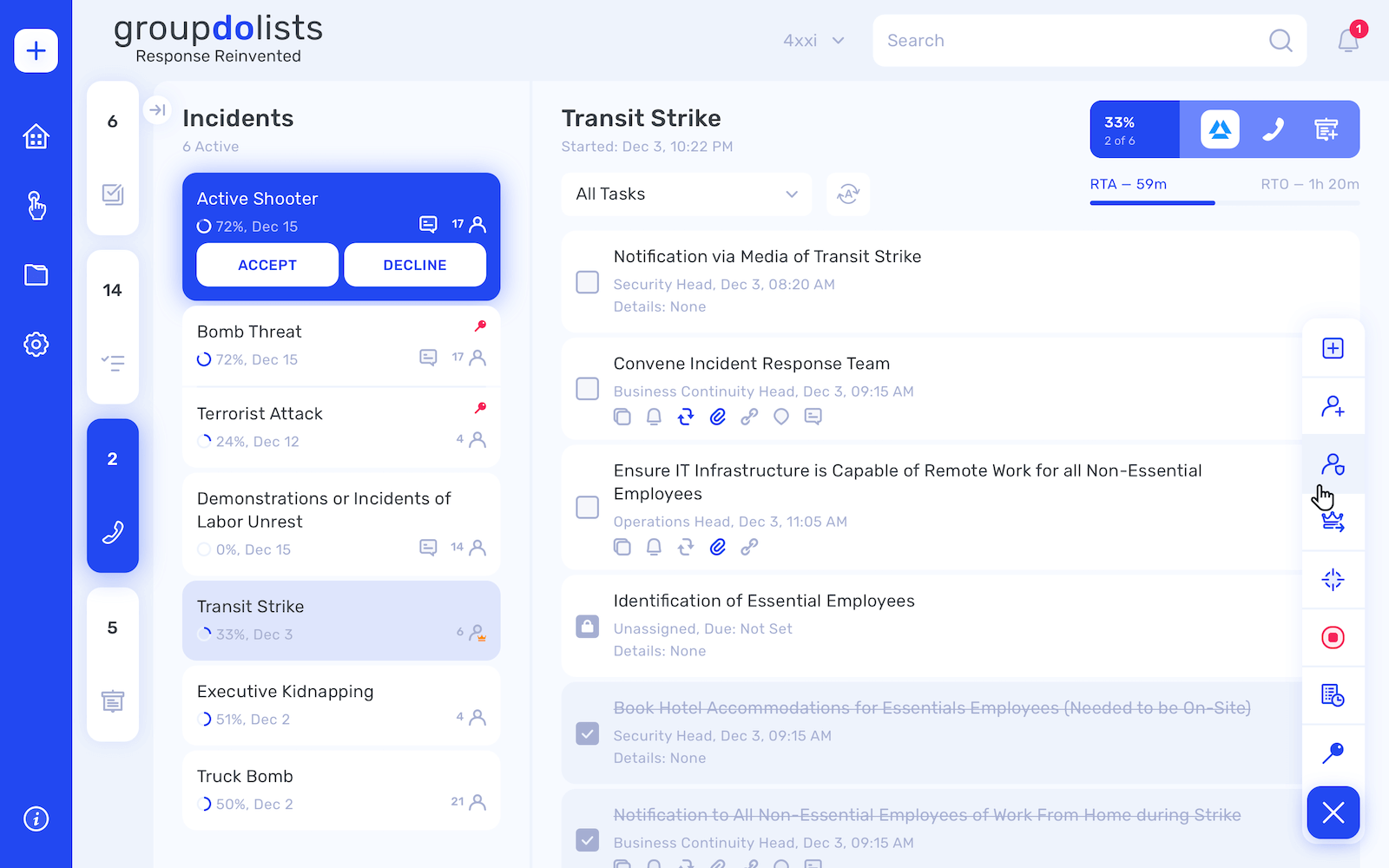Joining GroupDoLists
May 2019 — Sept. 2019
I joined the GroupDoLists project to strengthen the quality assurance team. The project was struggling due to a lack of testing and product documentation, frequent changes in the product concept at late stages, and an unclear development roadmap.
Initially, I focused on enhancing the existing testing documentation, expanding coverage, and improving test plans. I revised ~200 existing test cases, transforming them into 700+ well-decomposed ones that covered all existing functionality. I also prepared properly composed test plans for each supported platform.
These well-decomposed test cases and properly organized test plans helped us reduce the median regression time by approximately 20%, while significantly extending the test coverage with a variety of newly developed test scenarios. This all helped us to identify existing errors, eliminate ones, and prepare for the future changes.
